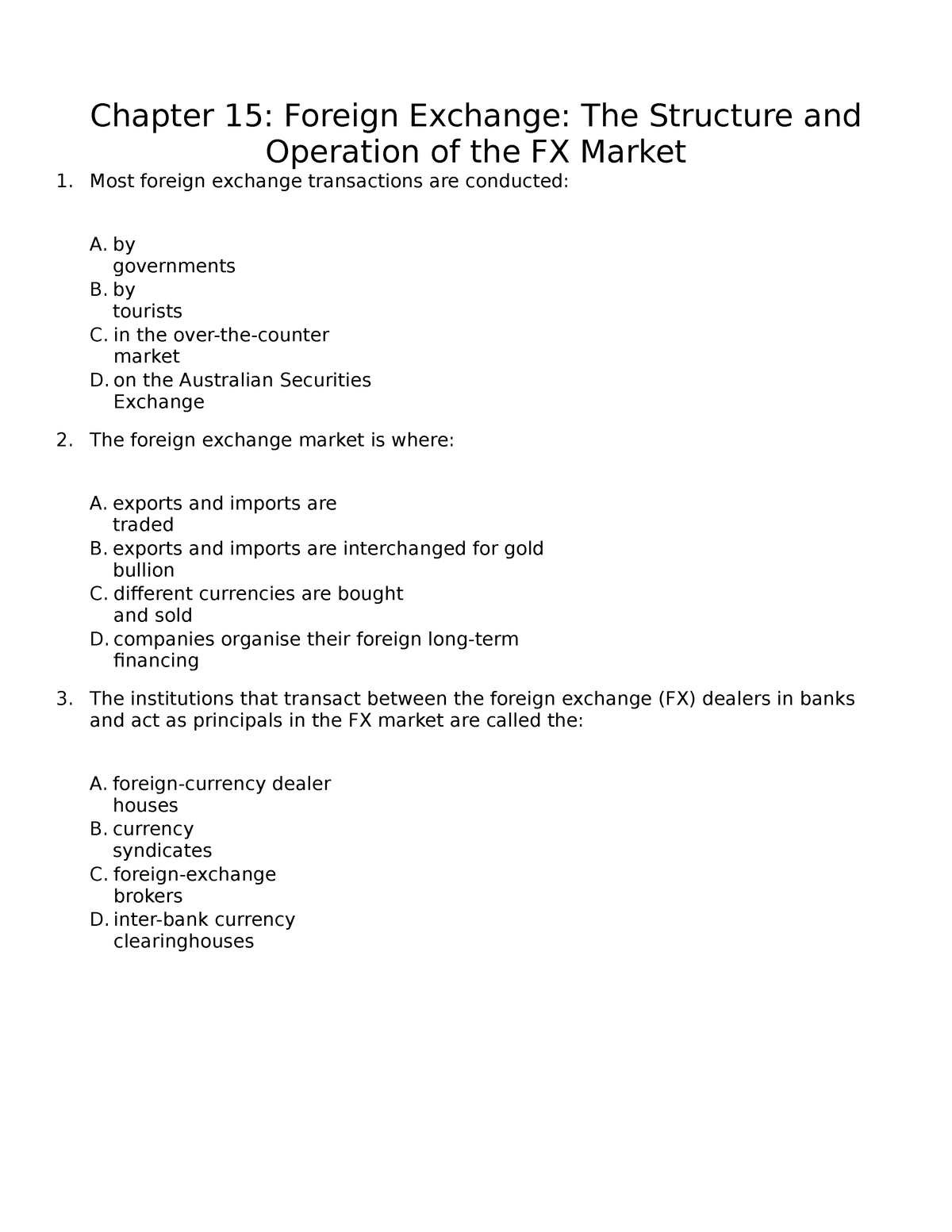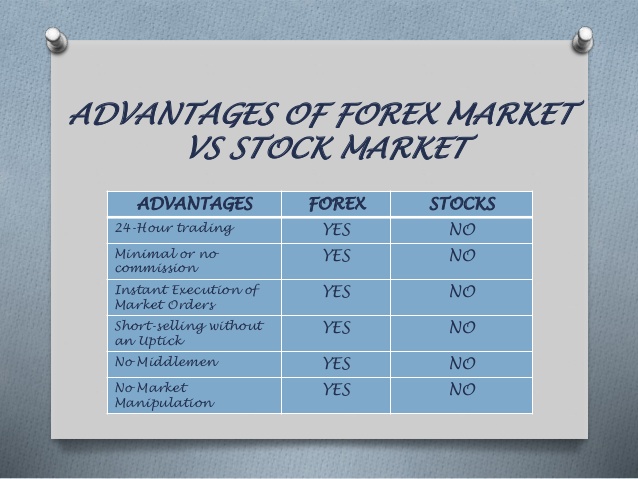
Alert securities allow you to stay up-to-date on stock prices. These systems send you notifications when a stock or ETF goes up or down by a certain percentage. They also place a stock's move into context, and they can identify patterns following certain events. These are just a few examples of alerts. These systems can help you save time and effort.
Alerts can be set off by non-malicious, normal actions
An Alert is an alert that is sent to you when there is suspicious activity. It means that a security problem is being investigated. An Alert is usually activated by a security device detecting a possible threat actor. An Alert is sent to the security system to be triaged. If the threat actor is detected, the alert is de-escalated to an Incident.
The process of analyzing alerts involves correlating an event to a pre-programmed alarm rule. Alerts are generated through programmatic correlation logic, and then investigated to determine whether the event is a False Positive or an Incident. Sometimes incidents can be resolved using a formal Incident Respond Process. A Data Lake can also be used to query historical data and additional event sources for an alert.

Alert levels
The Securities and Exchange Commission (SEC) has issued several Investor Alerts to help investors determine when to sell or buy securities. The alerts are created based upon recent events or trends. The digital currency alert is the most recent investor alert. This alert warns about the significant risks involved in speculative Bitcoin trades.
Investors may set up alerts in order to be notified when an ETF, stock, or other investment moves by a specified percentage. This will help investors spot big market movements, place them in context, recognize patterns, and identify them after certain events.
Alert types
Two types of alerts are available for securities. The first alert uses only one variable. The second type uses an intermediate criteria that is based on a change of a predetermined amount. Both types are similar in the way they alert you when the price of security increases or falls.
You can also create alerts for certain prices. You can create an alert to be notified when a stock, ETF or bond moves up or down by a particular percentage. These alerts are helpful because they can help you spot big moves and place the price within context. They can also be used to identify patterns that follow certain events.

Alert levels graphs
The task of developing alert levels is complex and requires cooperation from many parties. The system must reflect sound public health principles and allow for the incorporation of new evidence as the risk level increases. Alert levels must be easily understood and communication via social media or mass media must be swift and accessible.
Alarm levels are determined using a variety criteria including the level and risk of volatility. These indicators should be considered in conjunction with other data and indicators. The indicators should not be difficult to quantify and the user should be able to adjust the thresholds. But, security does not allow for the automatic adjustment of the thresholds or the level at which the risk is. If the user is going to switch to a different security frequently, it is important that there be room for error.
Name of the alert user
There are many ways to customize your Alert's email address and user name. For example, you can associate a user's email with their phone number. You can also set up different types of alerts. For example, if you have an email account and a mobile phone, you can choose to have alerts sent to both devices.
FAQ
What's the role of the Securities and Exchange Commission (SEC)?
The SEC regulates securities exchanges, broker-dealers, investment companies, and other entities involved in the distribution of securities. It enforces federal securities laws.
What is the difference in the stock and securities markets?
The whole set of companies that trade shares on an exchange is called the securities market. This includes stocks, options, futures, and other financial instruments. Stock markets can be divided into two groups: primary or secondary. Stock markets are divided into two categories: primary and secondary. Secondary stock markets let investors trade privately and are smaller than the NYSE (New York Stock Exchange). These include OTC Bulletin Board (Over-the-Counter), Pink Sheets, and Nasdaq SmallCap Market.
Stock markets have a lot of importance because they offer a place for people to buy and trade shares of businesses. The value of shares depends on their price. When a company goes public, it issues new shares to the general public. These shares are issued to investors who receive dividends. Dividends are payments made by a corporation to shareholders.
Stock markets serve not only as a place for buyers or sellers but also as a tool for corporate governance. Boards of directors are elected by shareholders to oversee management. Managers are expected to follow ethical business practices by boards. If a board fails in this function, the government might step in to replace the board.
How can people lose their money in the stock exchange?
The stock market is not a place where you make money by buying low and selling high. You lose money when you buy high and sell low.
Stock market is a place for those who are willing and able to take risks. They would like to purchase stocks at low prices, and then sell them at higher prices.
They want to profit from the market's ups and downs. They might lose everything if they don’t pay attention.
What is a bond?
A bond agreement between two parties where money changes hands for goods and services. Also known as a contract, it is also called a bond agreement.
A bond is usually written on paper and signed by both parties. This document details the date, amount owed, interest rates, and other pertinent information.
The bond is used for risks such as the possibility of a business failing or someone breaking a promise.
Many bonds are used in conjunction with mortgages and other types of loans. This means the borrower must repay the loan as well as any interest.
Bonds can also help raise money for major projects, such as the construction of roads and bridges or hospitals.
The bond matures and becomes due. The bond owner is entitled to the principal plus any interest.
Lenders can lose their money if they fail to pay back a bond.
Statistics
- Our focus on Main Street investors reflects the fact that American households own $38 trillion worth of equities, more than 59 percent of the U.S. equity market either directly or indirectly through mutual funds, retirement accounts, and other investments. (sec.gov)
- Even if you find talent for trading stocks, allocating more than 10% of your portfolio to an individual stock can expose your savings to too much volatility. (nerdwallet.com)
- For instance, an individual or entity that owns 100,000 shares of a company with one million outstanding shares would have a 10% ownership stake. (investopedia.com)
- US resident who opens a new IBKR Pro individual or joint account receives a 0.25% rate reduction on margin loans. (nerdwallet.com)
External Links
How To
How to create a trading strategy
A trading plan helps you manage your money effectively. It will help you determine how much money is available and your goals.
Before setting up a trading plan, you should consider what you want to achieve. You may wish to save money, earn interest, or spend less. If you're saving money you might choose to invest in bonds and shares. You can save interest by buying a house or opening a savings account. If you are looking to spend less, you might be tempted to take a vacation or purchase something for yourself.
Once you have an idea of your goals for your money, you can calculate how much money you will need to get there. This depends on where you live and whether you have any debts or loans. It is also important to calculate how much you earn each week (or month). Your income is the amount you earn after taxes.
Next, make sure you have enough cash to cover your expenses. These expenses include bills, rent and food as well as travel costs. Your total monthly expenses will include all of these.
You'll also need to determine how much you still have at the end the month. This is your net disposable income.
This information will help you make smarter decisions about how you spend your money.
Download one online to get started. Ask an investor to teach you how to create one.
Here's an example of a simple Excel spreadsheet that you can open in Microsoft Excel.
This graph shows your total income and expenditures so far. This includes your current bank balance, as well an investment portfolio.
Another example. This was designed by a financial professional.
This calculator will show you how to determine the risk you are willing to take.
Do not try to predict the future. Instead, you should be focusing on how to use your money today.